
Are Paradigms of Indo-US Relations Changing?
 Tue, 18 Oct 2022
| Reading Time: 4 minutes
Tue, 18 Oct 2022
| Reading Time: 4 minutes

Little did the world expect that the war in Ukraine would become such a spoiler of global geopolitics that many emerging and well-established international relationships would get challenged. The conflict’s geostrategic location, players, links, economic impact and scope for spread has made it the focus of greater concern than almost any other crisis in recent times.
Geographically India may be displaced from it, yet its own position as an arrived middle power and an emerging swing power has given it a status to punch as per weight and perhaps even more. Over the last eight months India has had to strategically balance its approach towards the emerging international environment which is shaping the post pandemic next world order. This has been dictated by the compulsion of its identified interests as well as demonstration of its strategic autonomy.
The above description of the recent period of Indian foreign policy, a challenging time no doubt, is in sharp contrast to the perception which appeared to exist over the slightly longer period (presuming 2010 onwards and especially after Apr 2020), that Indo-US relations had converged into Indo-US strategic interests which had led to the slow but steady development of an Indo-US strategic relationship; yet to fully arrive but on the threshold.
The earlier inability of the US to detach itself from conflicts in the Middle East and Afghanistan from where hybrid threats led to its further inability to shift focus to the more crucial region of what was then known as the Asia Pacific. In the interim it cultivated the powers that would form useful partnerships to counter the rapid rise of China. The latter after its economic achievements was and continues to seek global dominance in the status of a superpower.
One of the relationships which the US invested in with great confidence but yet a degree of diffidence was the Indo-US relationship in which a mix of experience had left more negative than positive vibes, especially during the relatively less spoken period of 1993-96. This was the period when the US policy on Kashmir undermined Indian interests and attempted to promote Pakistan; this despite the well-known Pakistan sponsorship of proxy war and terrorism in Kashmir.
It’s the subsequent rapid rise of China which brought the US to realization. Equally it was the demonstrated potential of India which also indicated to the US the necessity of taking on board a country so strategically located both in the continental and maritime domains in China’s proximity. As a nation not finding favour with China and considered somewhere between a competitor, rival or an adversary, India was tailor made to be a US strategic partner and the process had started as early as Jul 2005; preceding this was the initiation of the annual maritime exercise – Malabar (first time 1992) and the tactical command post cum manoeuvre exercise Yudh Abhyas (commenced 2002).
Some may even appropriate the Indo-US Nuclear deal to setting the course of this relationship. The later way points have been the commencement of 2+2 Dialogue, the emergence of the Indo Pacific region (as against the Asia Pacific) and the passage of approval for many of the strategic resource sharing arrangements. The official US State Department website describes the emergence of Indo US relations as: –
“The United States and India cooperate on a wide range of diplomatic, economic and security issues, including defense, non-proliferation, regional cooperation in the Indo-Pacific, shared democratic values, counterterrorism, climate change, health, energy, trade and investment, peacekeeping, the environment, education, science and technology, agriculture, space, and oceans”.
In recent weeks we hear some noises about the Indo-US relationship hitting rocks. A few issues of significance in the new complexities since February this year. First the US expected Indian support for the stance over Ukraine. India was clear that neutrality was in its interest. The clinching arguments were in favour of not upsetting Russia with whom a legacy strategic relationship exists, besides the huge dependence on the supply chain of military hardware. The 5 bn USD S400 Indo Russia deal had remained a sticky issue with the Trump Administration, although the strictures of CAATSA were never applied. The progress of the Indo US Strategic Partnership had snippets of US compromise as special gestures towards India.
Perhaps that is the reason why everyone is reading into flags going up in recent weeks. The decision to refurbish the Pakistan fleet of F16 aircraft through a 400 million USD deal, for counter terror purposes is the obvious one. Visits by the US and the German Ambassadors to PoK and statements bordering on grey, perceptibly against Indian interests, have attempted to put the pressure.
What’s surprising is that some of this happened just after PM Modi gave his now famous advice to Putin about the ‘season of war’; it partially changed the Western media’s attitude towards India. The US Administration picked it up as a sure shot indicator of a completely opposite opinion emerging in India; while all it was a pragmatic advice. Perhaps it sensed an opportunity to tactically tweak and find India’s nerve points. Unfortunately, it stepped on the wrong ones. The long winding visit of General Qamar Bajwa to Washington was yet another gesture of re-warming Indo-Pak ties after the Afghanistan fiasco. Efforts to cultivate information that India’s defence industry too was involved in the supply chains of hardware being provided to Ukraine was perhaps aimed at hitting the core aspect of India’s neutrality.
Assessing all the above, the first positive is the fact that the External Affairs Minister S Jaishankar spent 10 days in one of India’s most energetic diplomatic campaigns in New York and Washington; with 55 meetings to boot. That India too attaches strategic significance to the Indo-US relationship can hardly be denied.
Where the US seems to have gone wrong with optics is the domain of Indo-Pak relations. An improving situation in Kashmir and quiet borders when associated with refurbishment budgets for F-16 aircraft in Pakistan, at a time when Pakistan is reeling under 30 bn USD losses due to floods is wrong optics.
The US makes these mistakes often; this time it seems it is tactically relegating the Indo US relationship in terms of its future significance for the Indo-Pacific and actually attempting to exploit India’s emerging international significance in the Ukrainian crisis; energy, economic management, strategic relationships, all of which make a difference.
The core Indo-US relationship may not have really been disturbed. Much will depend on how the Indian strategic set up, now quite robust, views this.
*************
Disclaimer
The opinions expressed in this article are the author’s own and do not reflect the views of Chanakya Forum. All information provided in this article including timeliness, completeness, accuracy, suitability or validity of information referenced therein, is the sole responsibility of the author. www.chanakyaforum.com does not assume any responsibility for the same.
Chanakya Forum is now on . Click here to join our channel (@ChanakyaForum) and stay updated with the latest headlines and articles.
Important
We work round the clock to bring you the finest articles and updates from around the world. There is a team that works tirelessly to ensure that you have a seamless reading experience. But all this costs money. Please support us so that we keep doing what we do best. Happy Reading
Support Us





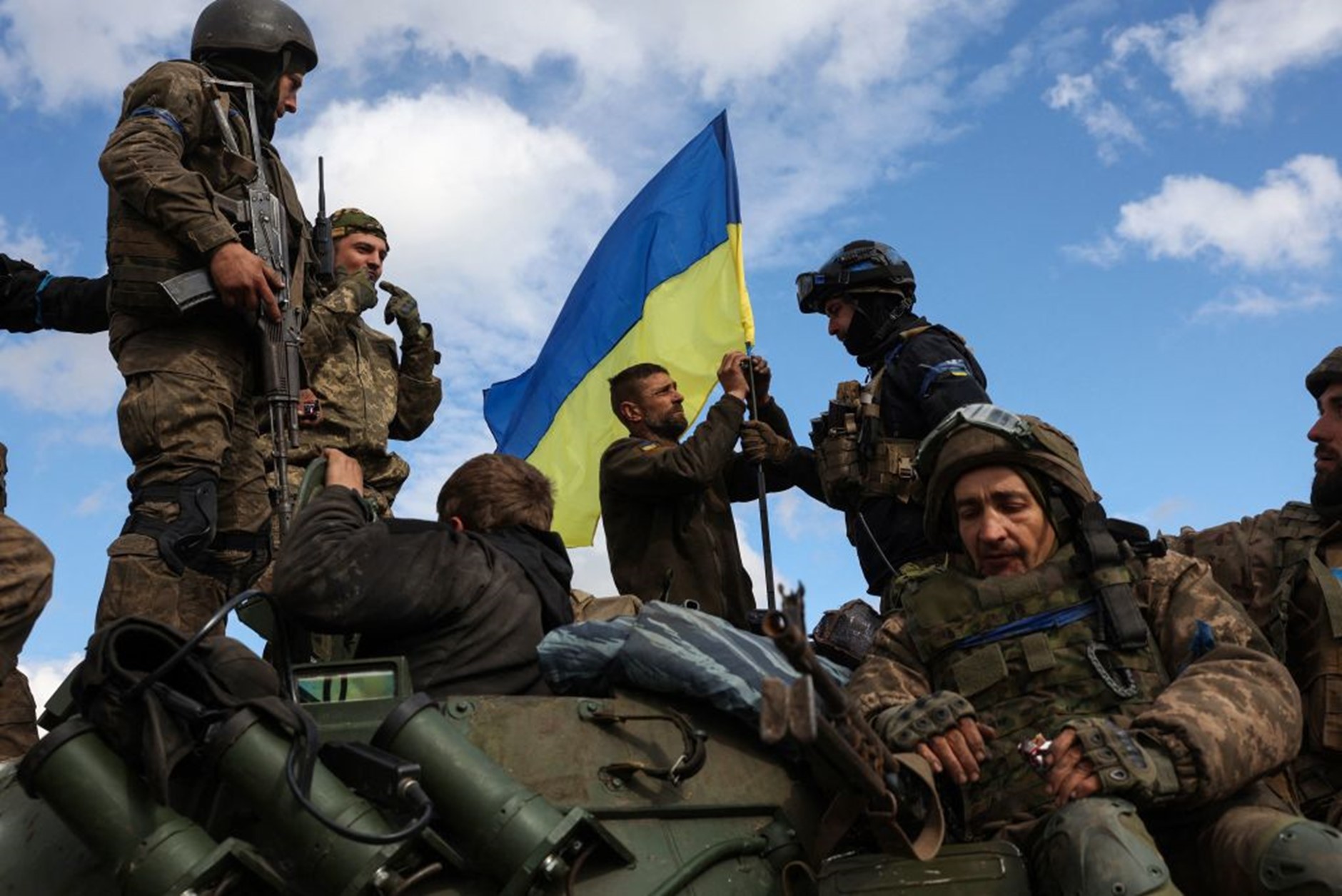

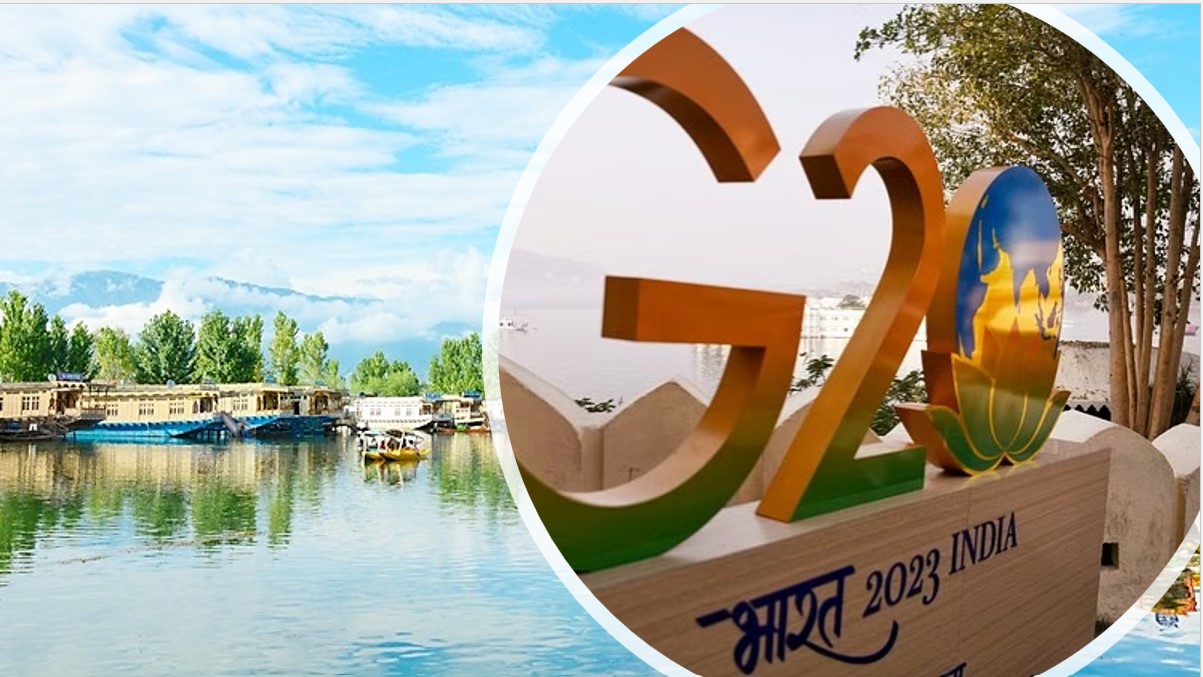


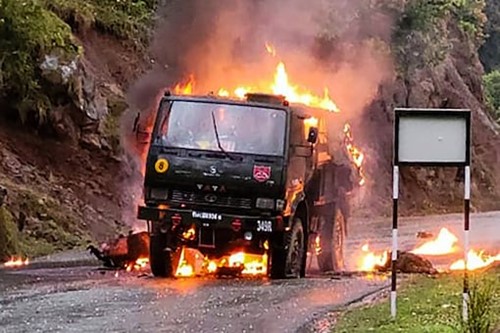
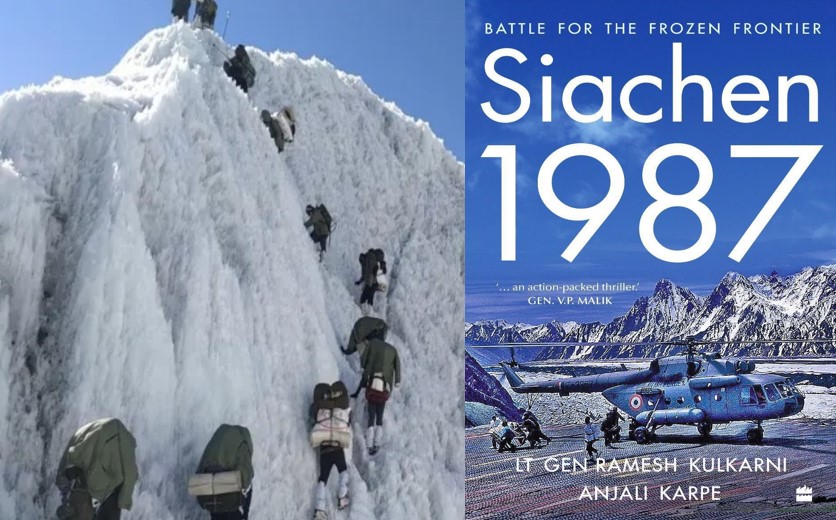

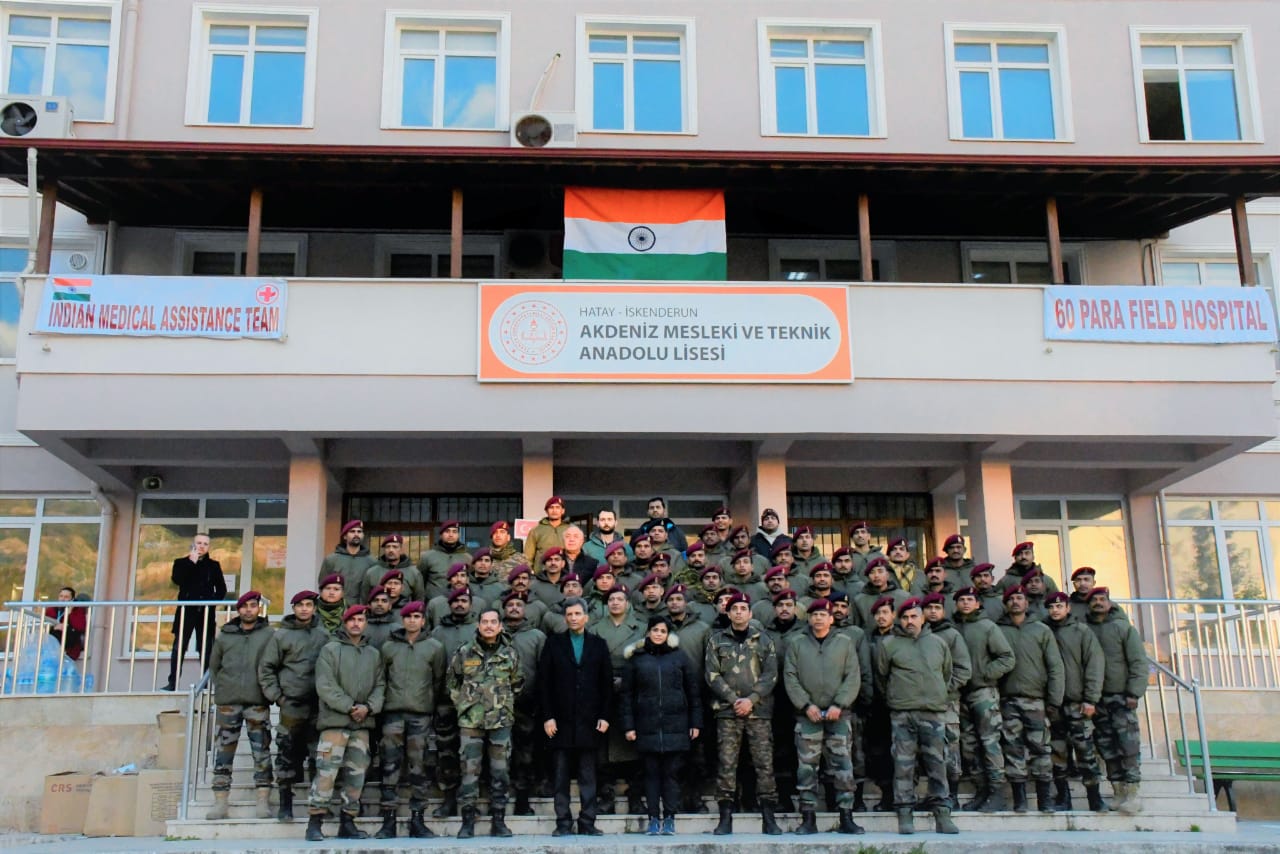
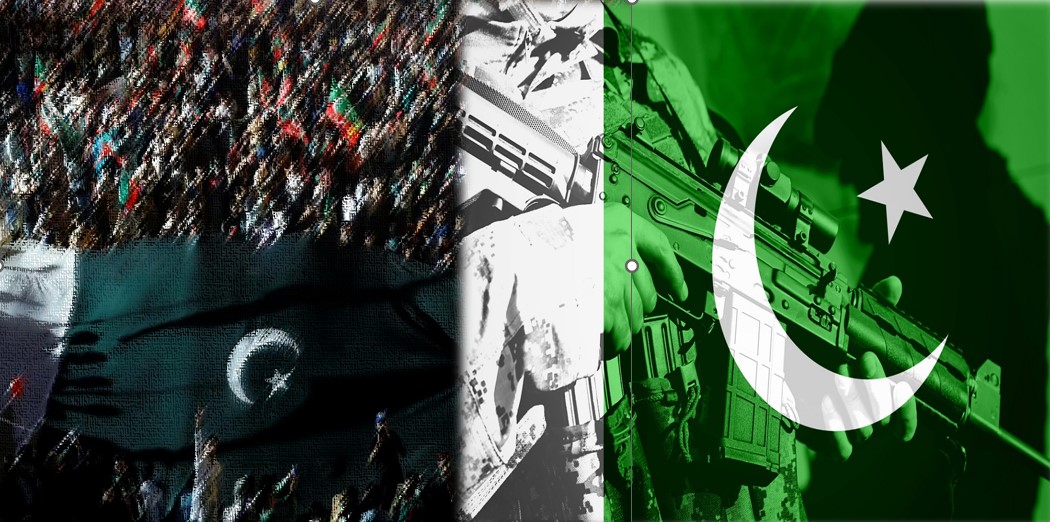






POST COMMENTS (1)
Kalidan Singh